Our spring roster of trips is now ready! Current Hanover Conservancy members will receive a colorful announcement shortly. Come explore with us! Our trips are free and open to all.
Follow the link below for a list of our upcoming trips.
Our spring roster of trips is now ready! Current Hanover Conservancy members will receive a colorful announcement shortly. Come explore with us! Our trips are free and open to all.
Follow the link below for a list of our upcoming trips.
Our 2022 Annual Meeting was recorded! View the full video on our YouTube channel. The first hour is Chris Martin’s presentation on bald eagles in NH followed by the business portion of the meeting. Enjoy!
Tues., Nov. 15, 7-8:30 pm ~ via Zoom
 Bald Eagles are back in the Connecticut River Valley, continuing their population comeback. Hear about steps taken to promote their recovery from NH Audubon’s Senior Biologist and raptor project leader Chris Martin.
Bald Eagles are back in the Connecticut River Valley, continuing their population comeback. Hear about steps taken to promote their recovery from NH Audubon’s Senior Biologist and raptor project leader Chris Martin.
2022 ANNUAL MEETING AGENDA
Tuesday, November 15th, 2022
The annual meeting of the membership will include a nomination to the Board of Directors for Martha Beattie and Xavier Gonin.
2022 Nominations to the Board of Directors
Martha Beattie has worked as a math teacher, a rowing coach, and a volunteer leader and board member for schools and nonprofit organizations. She was a national team rowing coach and the founding coach for three rowing programs. In 2011 she was named Vice President for Alumni Relations at Dartmouth College. Since her retirement in 2018 she serves on the regional advisory board for the NH Charitable Foundation, is a trustee of Pine Park, a board member, coach, and program chair for the Upper Valley Rowing Foundation, serves Dartmouth College on a number of alumni committees, and is a volunteer coach with the Dartmouth women’s and men’s rowing teams as well as Cancer Recovery through Rowing. She lives in Hanover with her husband Jim. They are often joined by one or more of their three adult children on bike rides through the hills of Vermont, hikes in the Whites, and ski trips. During the warmer months, Martha rows a single scull on the Connecticut River as often as she can.
XAVIER GONIN
Xavier Gonin is treasurer for North American operations of Capgemini, a company specializing in IT and strategy consulting, outsourcing, and professional services, operating in more than 30 countries. He holds a Master’s in Business Administration and is a certified public accountant. He lives in Hanover with his wife, Victoria. Xavier enjoys skiing, fishing, and hiking, and is planning to climb NH’s 48 4,000-footers in the next few years.
and professional services, operating in more than 30 countries. He holds a Master’s in Business Administration and is a certified public accountant. He lives in Hanover with his wife, Victoria. Xavier enjoys skiing, fishing, and hiking, and is planning to climb NH’s 48 4,000-footers in the next few years.
“The goal of land stewardship is of importance to me. I think we need to be thoughtful and intentional in the care for our protected lands while making them welcoming to the entire Hanover (and beyond) community. My financial acumen would allow me to prepare the organization for long-term financial responsibilities of the Hanover Conservancy. My background and experience would allow me to serve effectively on the Board, and move the goals of the strategic plan forward in the coming years.”
Our deer permit application for the 2022 hunting season at Balch Hill is now open! Please follow the link below to our deer permit application, thank you!
As the spring songbird migration winds down and the butterfly migration picks up, there are some prime viewing sports right in Hanover! The Trust for Public Lands has put together a list of butterfly hotspots across the country including the Mink Brook Community Forest and Hudson Farm! Both spots contain open wildflower-filled meadows that are prime habitats for these pollinators.
Read the full article here
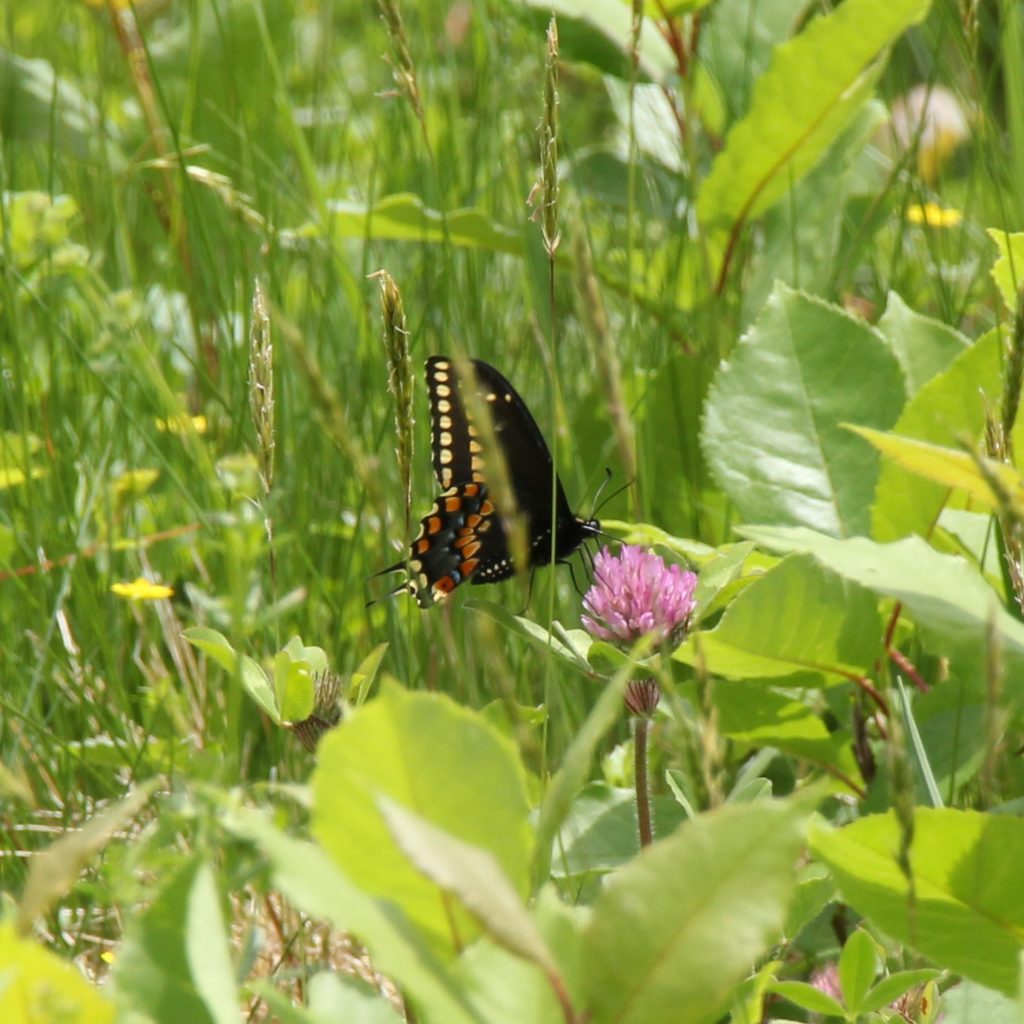
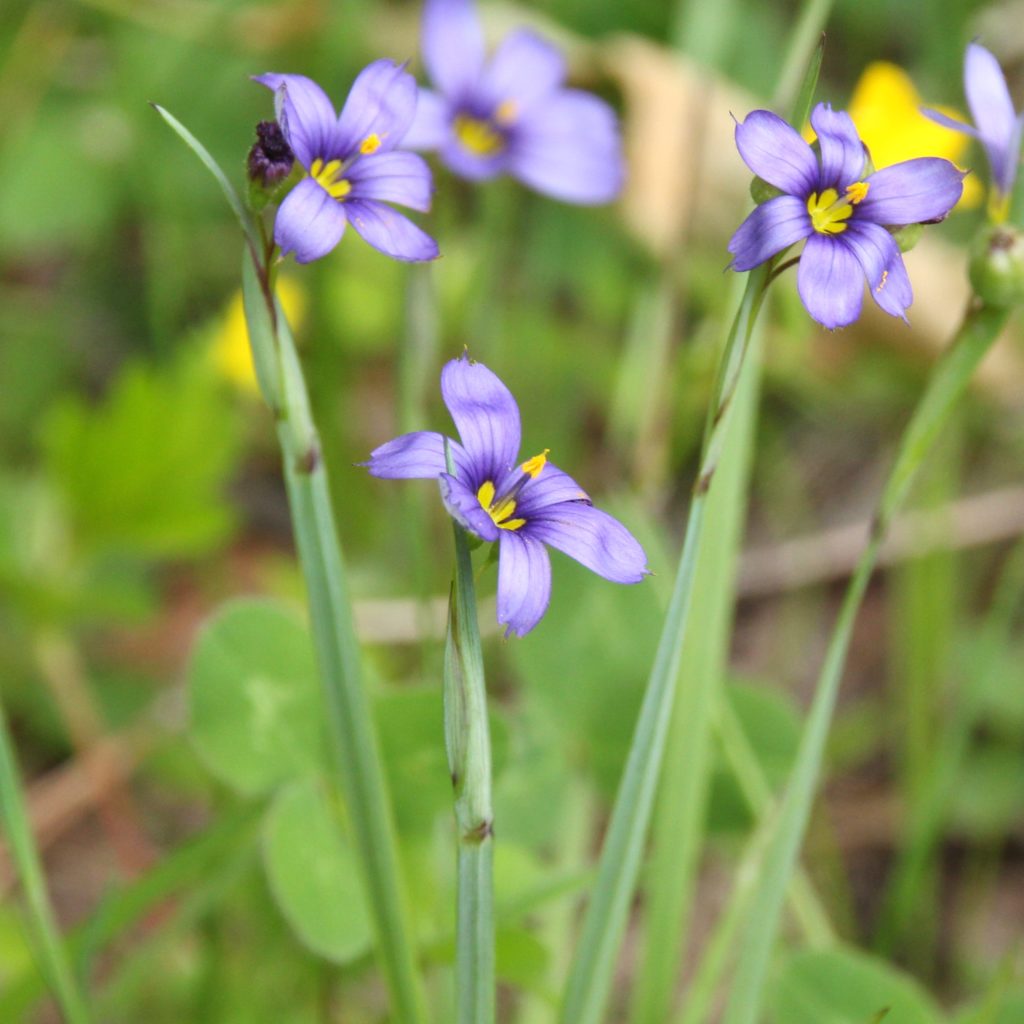
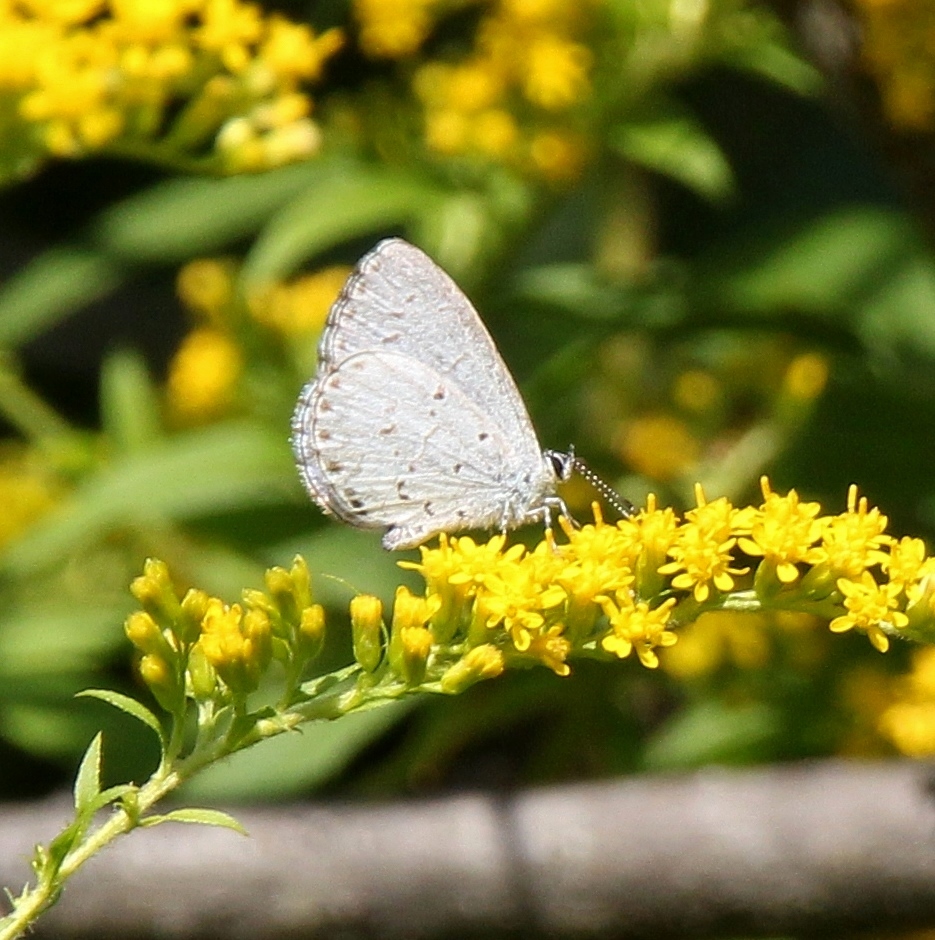
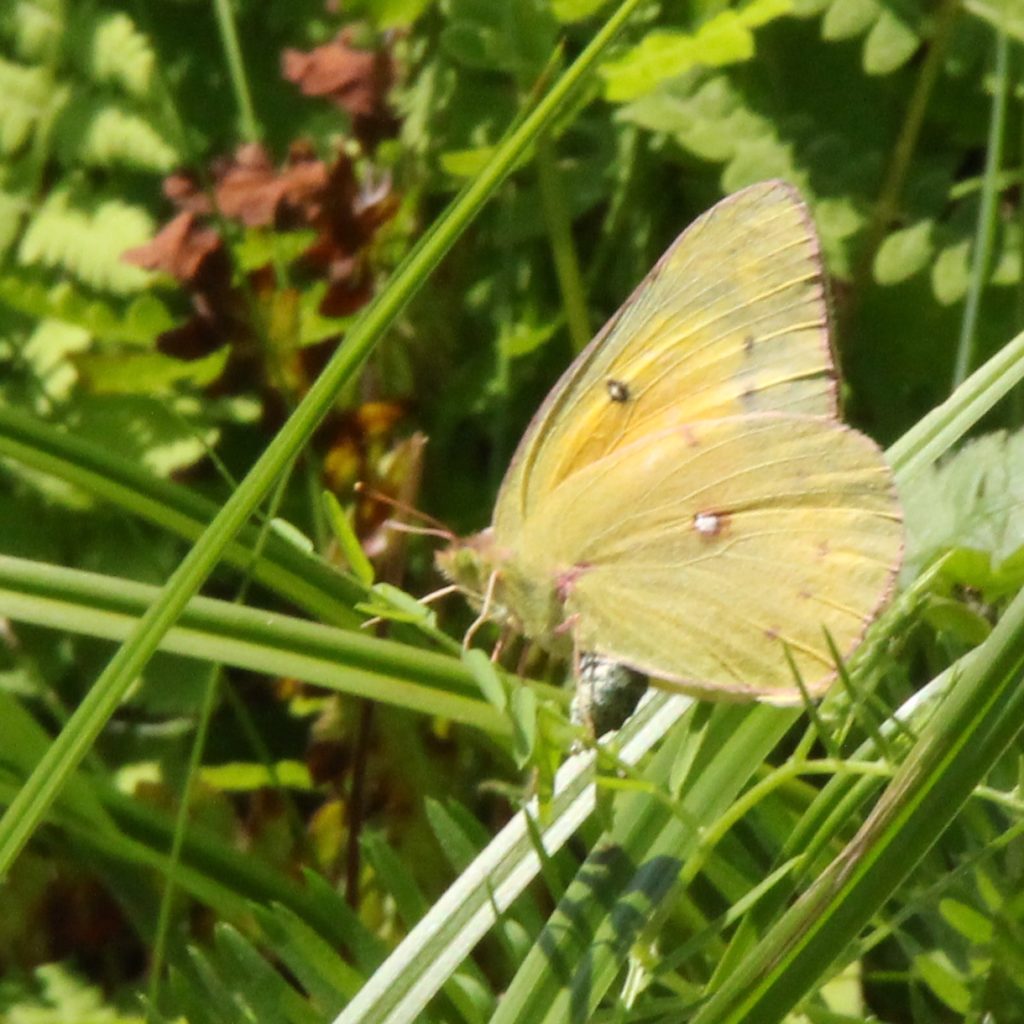
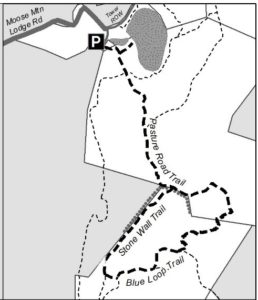
Driving directions:
What you should know:
BRIEF HIKING DIRECTIONS
FULL DIRECTIONS
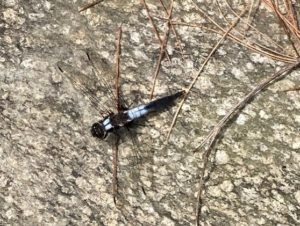
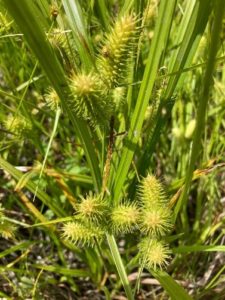 (since partly silted in). Beavers later took over managing water levels but since they departed, the pond has shrunk to half its size. Directly across the water is the remains of their impressive lodge. Today, the entire shoreline remains undisturbed as Hanover Conservancy easements protect the N side and the S side is the Dana Pasture Natural Area. It is this 132-acre parcel straddling the mountain ridge that we’ll traverse now
(since partly silted in). Beavers later took over managing water levels but since they departed, the pond has shrunk to half its size. Directly across the water is the remains of their impressive lodge. Today, the entire shoreline remains undisturbed as Hanover Conservancy easements protect the N side and the S side is the Dana Pasture Natural Area. It is this 132-acre parcel straddling the mountain ridge that we’ll traverse now
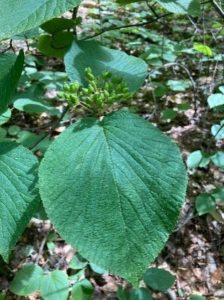 Note two of the “junior” members of the forest community that both feature paired leaves: striped maple, with its goose-foot shaped leaf, and hobblebush (left), a viburnum just setting fruit at this time of year. As fall approaches, it will turn a deep purple and its fruits, beloved by birds, will turn bright red
Note two of the “junior” members of the forest community that both feature paired leaves: striped maple, with its goose-foot shaped leaf, and hobblebush (left), a viburnum just setting fruit at this time of year. As fall approaches, it will turn a deep purple and its fruits, beloved by birds, will turn bright red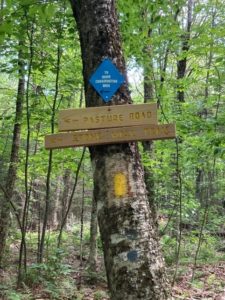
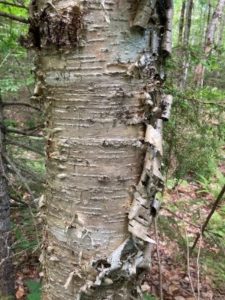 red and sugar maple, and hemlock.
red and sugar maple, and hemlock.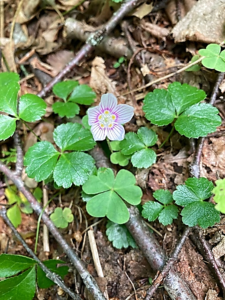
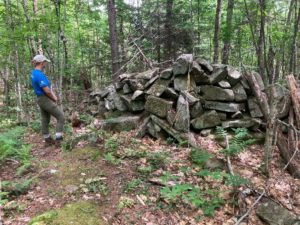 and retrace your steps.
and retrace your steps.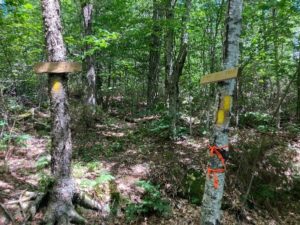
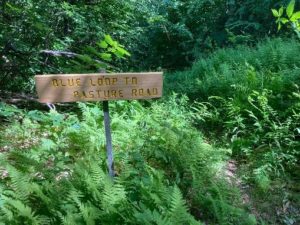 extensive trail system on the Baum Conservation Area.
extensive trail system on the Baum Conservation Area.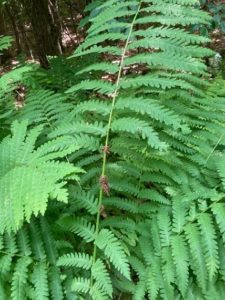
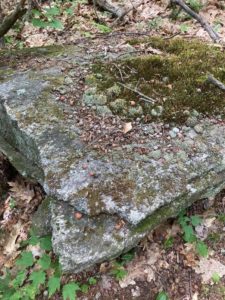
July, 2022
Thanks to the Coop Food Stores’
program for supporting this hike of the month